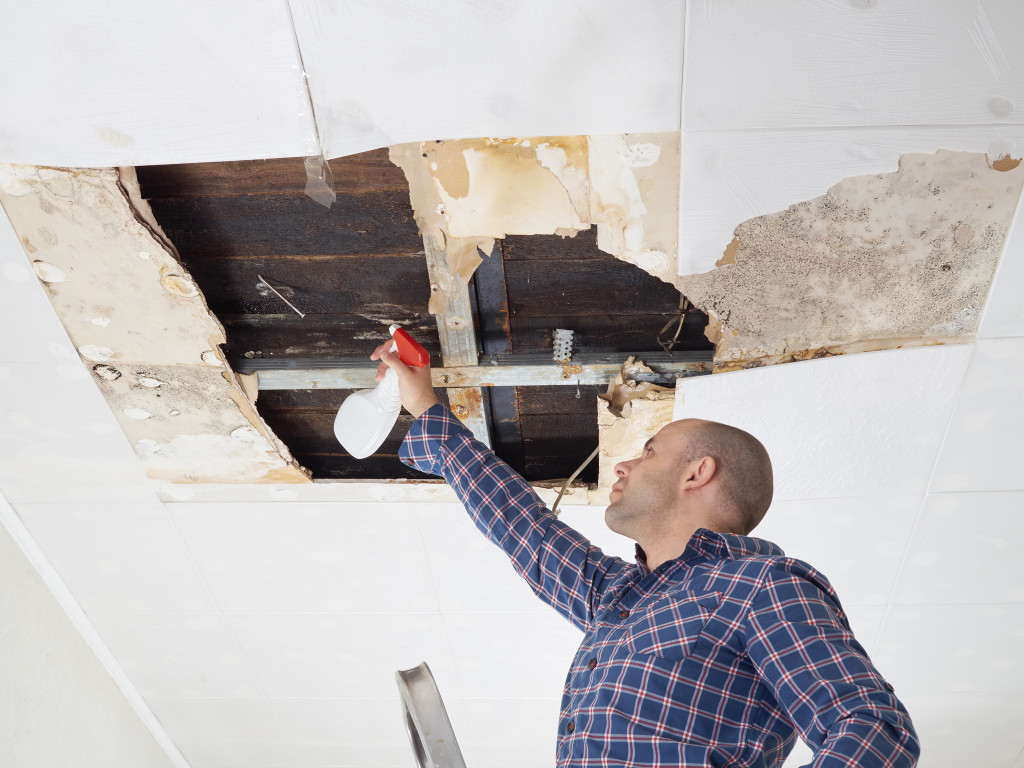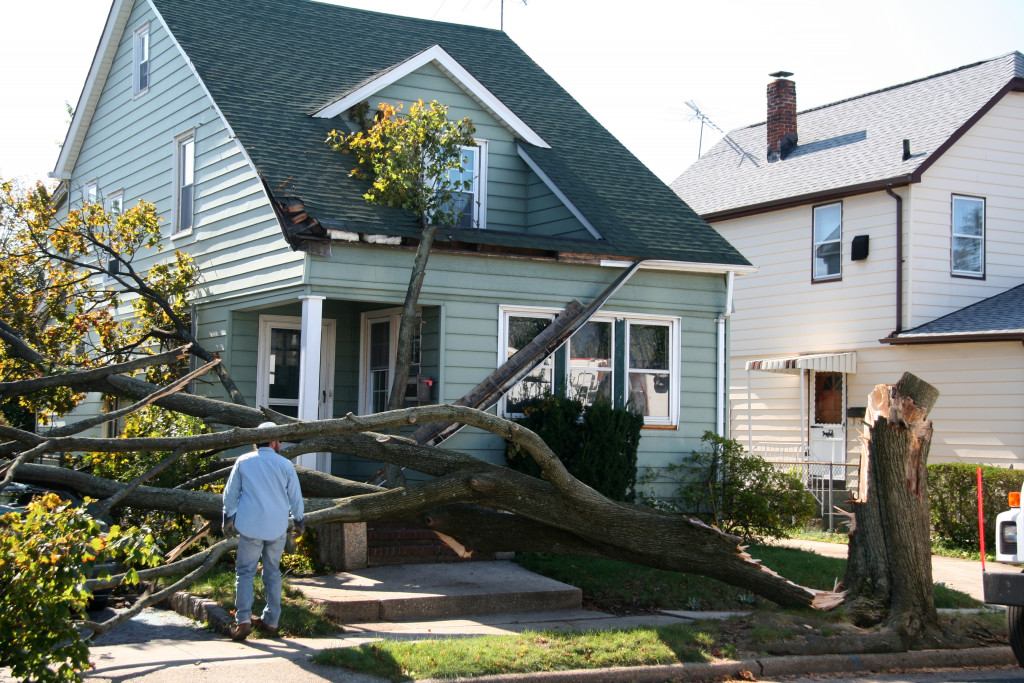Preparing for a hurricane can be one of the scariest things you’ll ever do. There’s no way to predict how much damage it will do or when it will make landfall, but there are some things you can do to prepare your home and belongings if a storm does hit. This article will cover ten steps that should help you get ready for a hurricane, including what items need special attention before the storm hits, as well as how to use those same items after the storm has passed through.
1. Install hurricane shutters
If you have the financial means, they are your best option for protecting your home from high winds. If they’re installed properly, you will have up to 99% protection from flying debris that breaks windows and other openings. It may cost a few hundred dollars at least to do this, depending on how big an area needs them and what type of materials you use (aluminum versus wood shutters can be more expensive). However, it’s still cheaper than replacing broken windows and doors every year during the hurricane season.
If you don’t want to go through the work yourself, there are companies in every state that specialize in installing these types of window coverings, as well as those that will replace only the parts of your windows that have been broken by flying debris.
2. Install or reinforce garage doors
Strong winds can lift off a section of a garage door, giving you even more openings for the wind to enter your home through if they are not properly reinforced. Again, this may cost you a few hundred dollars depending on where you live and what type of materials are used in reinforcement, but it’s still cheaper than repairing the damages after the hurricane has passed through. You can hire someone to do this work or do it yourself if you feel confident enough to take on the task.
3. Reinforce your roof
This is especially important if you live in an area prone to hurricanes. If your roof isn’t reinforced, the wind can lift it off your home. And even if your roof stays on, the high winds can do a lot of damage by blowing off shingles and tiles.
There are many ways to reinforce a roof, but one of the cheapest (and most popular) is to install hurricane straps. These are metal or plastic brackets that are screwed into the rafters of your roof and then attached to the frame of your house with nails or screws. They can be installed quickly and easily by anyone with basic carpentry skills, and they can help hold your roof in place.
4. Repair cracks and holes in the exterior of your home

Again, this should be done well ahead of hurricane season if you can afford it. Small cracks or holes are not that big of a deal, but they can quickly become much larger when exposed to high winds, rain, and flying debris. Some professionals will do this work for you (they can even repaint your house afterward), but there’s no reason why you cannot do it by yourself if you’re feeling confident enough about doing so.
You don’t need any special skills or equipment–just a steady hand and a good eye for detail. If possible, try to look at other homes in your area that have recently undergone this type of repair job so that you have a good idea of what the finished product should look like. If your anti-theft window screens already have holes in them, make sure to replace them before you install window coverings.
5. Trim trees and shrubs around your home
This is also something you ideally want to do well in advance of hurricane season. If any branches hang over your roof or close to your windows, they can easily be blown off by high winds and cause a lot of damage. And if there are any large trees near your home, their roots can easily be uprooted in a storm, causing even more damage to your property.
6. Prepare your evacuation kit
If you’re ordered to evacuate due to a hurricane, it’s crucial to have all the necessary items ready to go with you. This includes water, food, flashlights, batteries, medications, and important documents.
7. Make sure you have insurance
This one is pretty obvious, but it’s still worth mentioning. If your home is damaged or destroyed by a hurricane, you’ll need to have insurance to cover the costs of repairs/replacement. And if you don’t have insurance, now is the time to buy it.
8. Know your evacuation route
This is another important thing to know in case you’re ordered to evacuate due to a hurricane. Knowing where you’re supposed to go and how to get there will help minimize the amount of stress and confusion that comes with having to leave your home suddenly.
In conclusion, there are many steps you can take to help protect your home and belongings from a hurricane. The more time you allow between the preparations you make and the arrival of the storm, the less time you will have to worry about getting it done.

